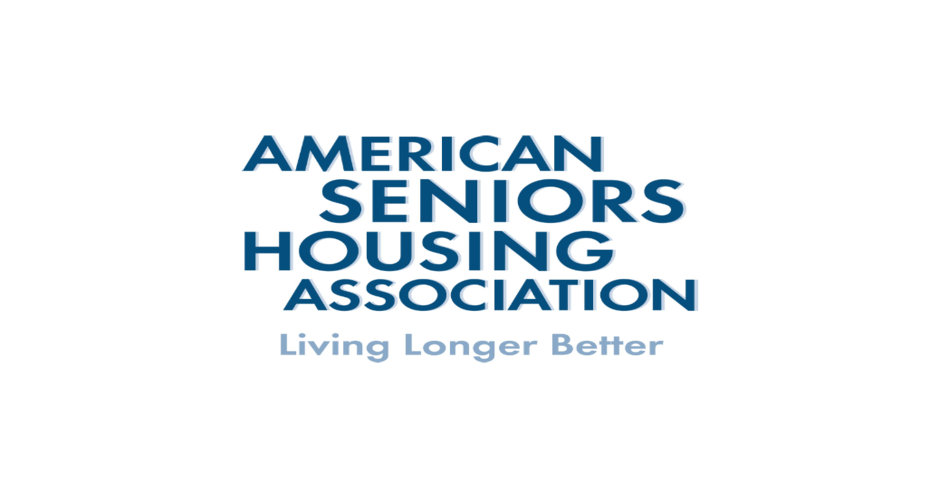We are fresh on the heels of another successful American Seniors Housing Association (ASHA) conference, which was held in picturesque Palm Desert, CA. The ASHA Annual Meeting took place last week along with the Stifel Nicolaus 2020 Seniors Housing & Healthcare Real Estate Conference at the JW Marriot Resort. Everyone we talked to remains bullish on the industry, but there is also a sense that headwinds are coming. Whether it’s over-supply or labor issues or the challenge of providing quality affordable care, these are all things that we must address to maintain long-term profitability and viability.
Throughout the conference, industry leaders spoke at various panels about the current state of stand-alone memory care communities. The industry is still dealing with the negative effects of previous overdevelopment, and any stand-alone memory care facility is considered a high-risk investment. Additionally, because these communities tend to be smaller and much higher acuity than Assisted Living, resident deaths have a greater impact on the bottom line than they would at a conventional assisted living and memory care community with a full continuum of care. Due to these increased operational risks, capitalization rates for memory care facilities are typically 100 points higher than assisted living.
In recent news, a stand-alone memory and Alzheimer’s care operator has found success using a focused, hands-on approach. Silverado concentrated their efforts to improve operations in their 19 remaining facilities, and that they did! In just six months, the EBITDA at all 19 facilities increased by 15%, a remarkable turnaround and an excellent trend.
Skilled nursing facilities were spoken about positively at the conference. The industry is hopeful that any negativity surrounding skilled nursing is in the past, especially with the strong reception of PDPM. The biggest unknown with PDPM is whether or not (or when) the Centers for Medicare and Medicaid Services (CMS) will adjust reimbursement rates to maintain budget neutrality. The limited new supply in the skilled nursing market, particularly in states such as California, has also played a role in the asset classes recent turn-around.
On the debt side, providers, investors, and lenders would be happy to know that if there are any changes to the rates at all in the near future, it would not be until 2021, giving us the ability to plan effectively in 2020. Lastly, while it’s a major issue in the Seniors Housing space, there is still no end in sight to this construction cycle. We discussed multiple new construction deals at the conference and were retained to arrange the capital stack for a new IL development. Time will tell if we can increase penetration and effectively absorb all this new supply. The leading edge of the Baby Boomers are still several years out from needing care. The wave is coming, but the positive impact on demand for seniors housing and healthcare are still quite a way out. This will inevitably result in a prolonged absorption period in some of the most overbuilt market areas.
